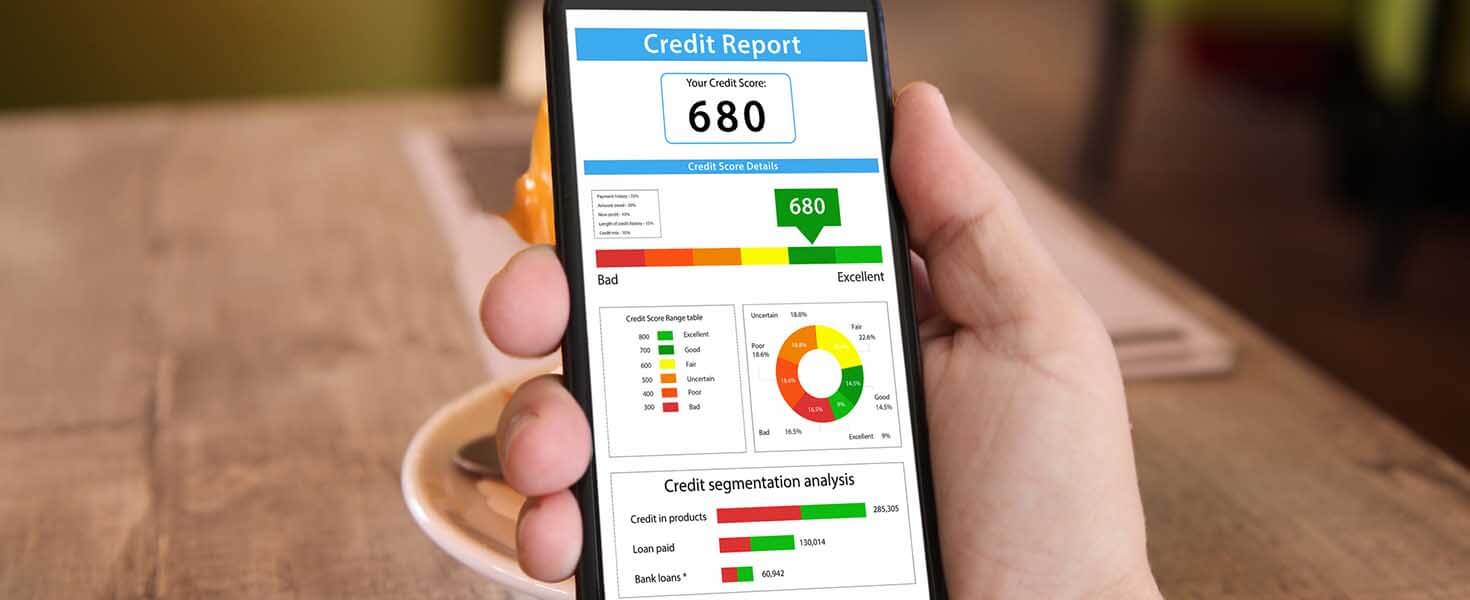A credit report is a statement that has your personal information, credit history, and credit activity such as your loan payments or the status of your credit card account. Lenders use these reports to determine your creditworthiness and interest rates. Other businesses such as your utility company or cable provider may review your credit report to decide on the service rates they’ll offer.
TransUnion, Experian, and Equifax are the three major credit bureaus that provide credit reporting. Each credit report may have different information depending on the data they’re provided.
Your credit report is generally divided into six different sections. Here’s the information you can expect to see on your credit report:
PERSONAL INFORMATION
- The personal data on your credit report may include:
- Your name, including nicknames that you may have used in the past to connect you to your credit information
- Social Security number
- Date of birth
- Current and former address
- Phone number
EMPLOYMENT HISTORY
Your employment history may be included in your personal information section. This section is typically used for identification purposes.
CONSUMER STATEMENT
This section contains a statement of any information you’ve provided to the credit bureaus. For example, if you’ve disputed any information on your credit report in the past, it will be listed in this section. It will provide a summary of the information you agree or disagree with.
CREDIT ACCOUNT INFORMATION
The credit account section offers details about your current credit situation and account history. Here are a few items you can expect to see in this section:
- Current and historic credit accounts, which can include accounts such as revolving credit balances, mortgages, and installment loans
- Credit limit
- Payment history
- Account balances
- Loan payments
- Credit utilization (the amount of credit you’re using in comparison to the amount of credit you’re approved for)
If you have a loan that goes into collections, your delinquent status is noted in this section. Keep in mind, any late or delinquent payments can remain on your credit report for up to seven years from the payment date you missed.
PUBLIC RECORDS
Your public records can contain foreclosures, tax liens, bankruptcy, and civil judgments against you. All of this information can negatively impact your credit standing.
INQUIRES
A hard inquiry is when a financial institution runs your credit after an applicant has applied for credit in your name. Hard inquiries can also negatively impact your credit. However, it’s important to review this section to ensure identity thieves are not applying for credit in your name. If you have noticed a recent hard inquiry, yet you haven’t applied for credit in years, this may be an indication of fraud or identity theft.
If you find any information on your credit report that’s inaccurate, visit consumer.ftc.gov for the appropriate steps to take when disputing errors on your credit report.
Understanding how to read your credit report will help you improve your credit score and get better interest rates. Regularly reviewing your credit report will help you avoid identity theft and other forms of fraud.


















